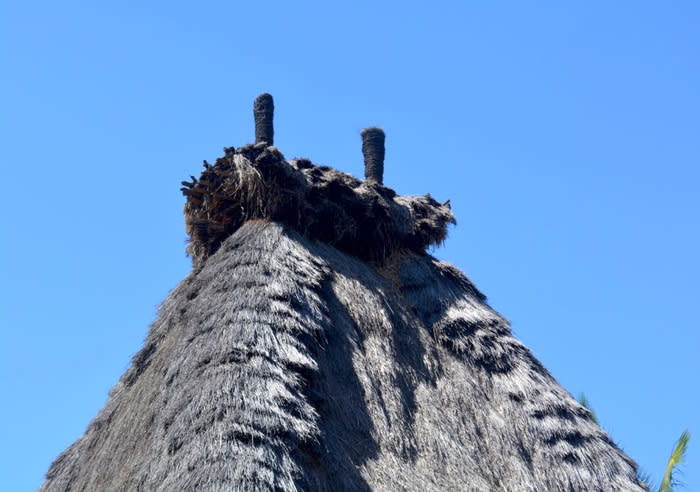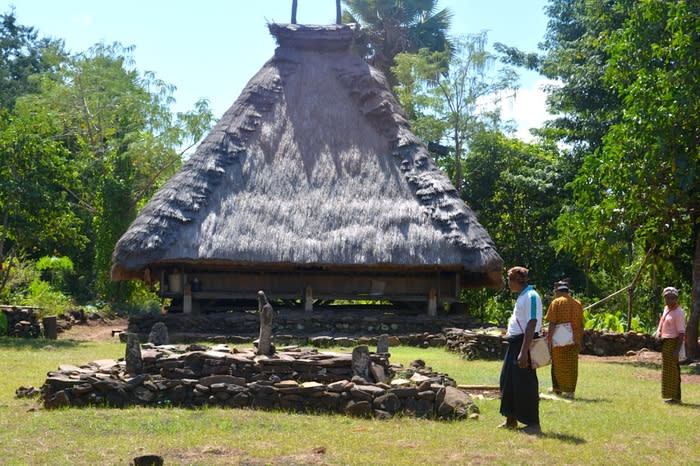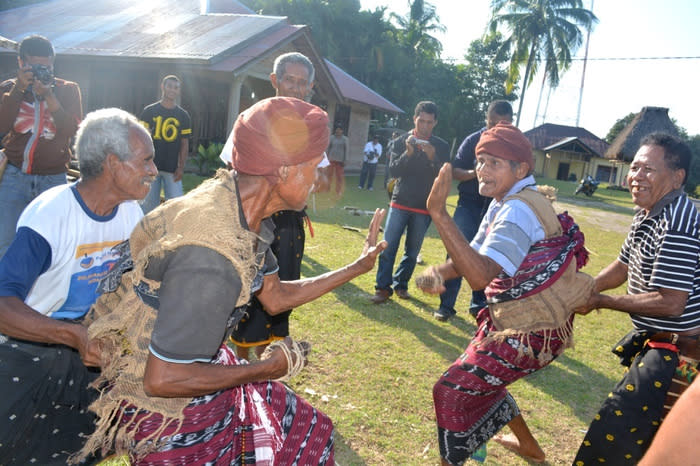The hidden villages of Tutubhada and Boawae in Nagekeo, Flores
The uniqueness of Flores is found not only in its natural beauty, but also in its variety of cultures, traditional houses and history.
After visiting Waerebo, The Jakarta Post Travel dropped in to spend some time in two indigenous villages in the heart of Flores. Both are located in Nagekeo regency.
Sa’o ‘Ji Vao’ in Tutubhada village
Tutubhada is located in South Aesesa distrcit, approximately 20 kilometers from the city of Mbay, which is the capital of Nagekeo regency.
Unfortunately the road to Tutubhada is still rather primitive, so it takes a while to get there.
Set on the top of a hill, Tutubhada village is one of the oldest villages in Flores; and it still maintains many of its traditional cultural practices.
Before entering the village, a few rules must be considered. First, visitors must enter the gate with the right foot first, and refrain from touching the it; the gate is considered sacred.
Elders dressed in traditional attire will prepare a traditional ceremony for guests entering the village, which is surrounded by a stone fence.
There are 14 traditional houses called Sa’o ‘Ji Vao’, in the village, each of which are equipped with cultural objects ranging from Japanese cannon and centuries-old spears to buffalo heads with very long horns.
In the local language, Sa’o means house, Ji means strength, while Vao means shelter. Thus, Sa’o ‘Ji Vao’ literally means "strong shelter", which is believed by locals to be a source of peace.
“The construction or renovation of Sa'o ‘Ji Vao’ must pass 17 stages of traditional ceremony and is concluded by a para bheda (buffalo slaughter),” said the village head, Frederikus Balita.
Set on the top of a hill, Tutubhada village is one of the oldest villages in Flores
Boawae village at the foot of the Ebulobo volcano
The village is located not far from Tutubhada and is adjacent to the Flores highway, so it is quite conveniently reached by vehicle.
Here, traditional houses are called Sa'o Waja. There is also a unique group space called heda, where villagers store heirlooms and archaeological objects.
Underneath the heda, there is a wooden statue of a horse called Ja Heda, which for residents of Boawae symbolizes power.
A traditional boxing game called etu -- which is played once a year -- can be taken in, usually in June.
The boxing game, which is an icon of cultural tourism in the Nagekeo regency, is understood as an expression of gratitude and respect for mother earth.
Historically, the ritual was expressed in the form of blood offerings from animals or humans. Now, however, the ritual has evolved into a form of boxing where two young men fight to prove their manhood.
In other villages, the boxing ritual assumes different names, such as blade in Mauponggi and mbela in Aesesa.
Besides watching etu, tourists can also stare in wonder at the majestic Ebulobo peak, which erupted a few years ago. The village is the starting point for those who want to the volcano.
Read also:








